

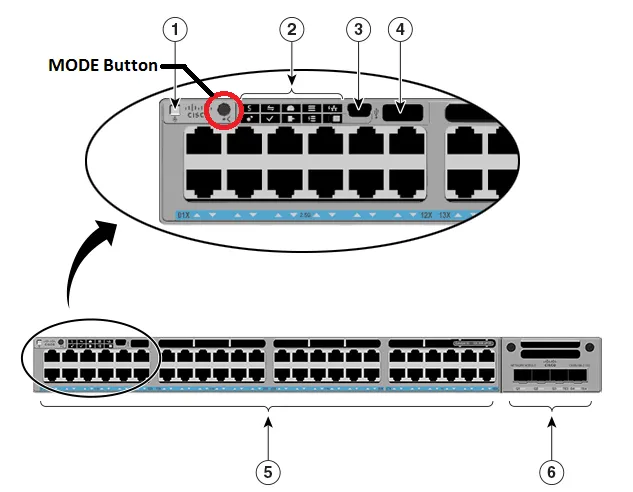

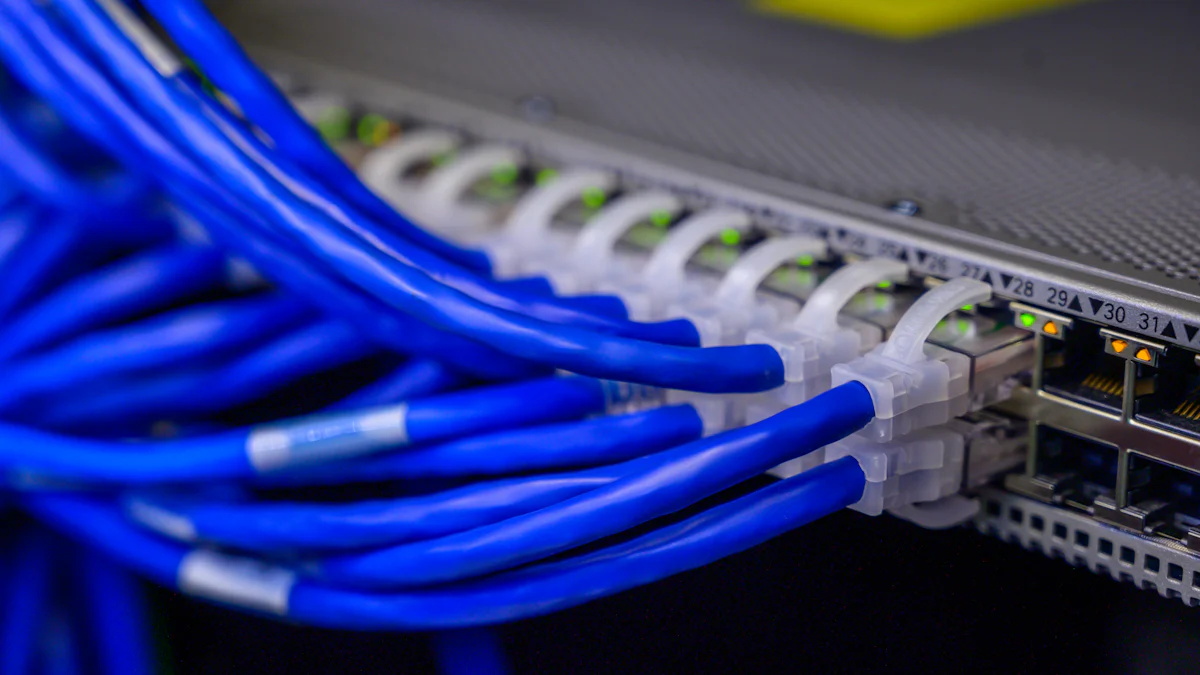
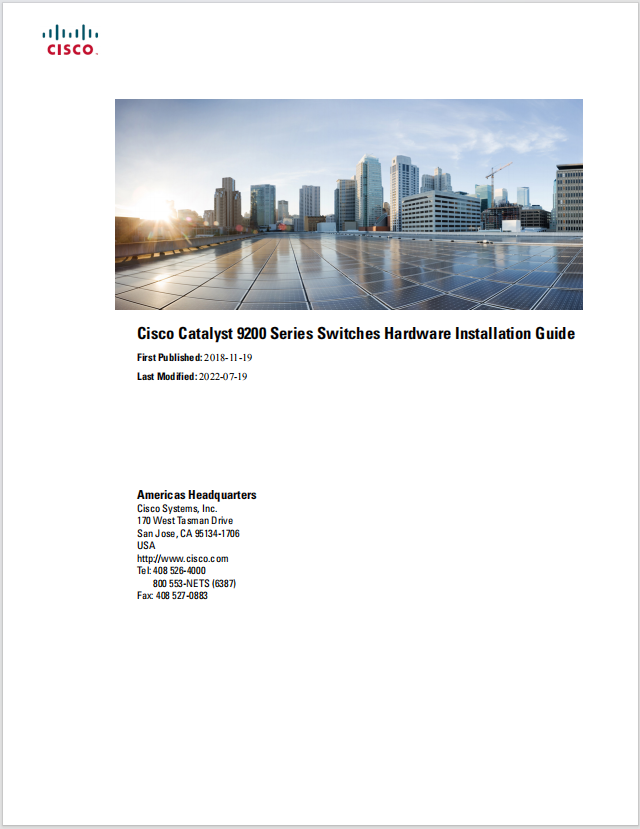
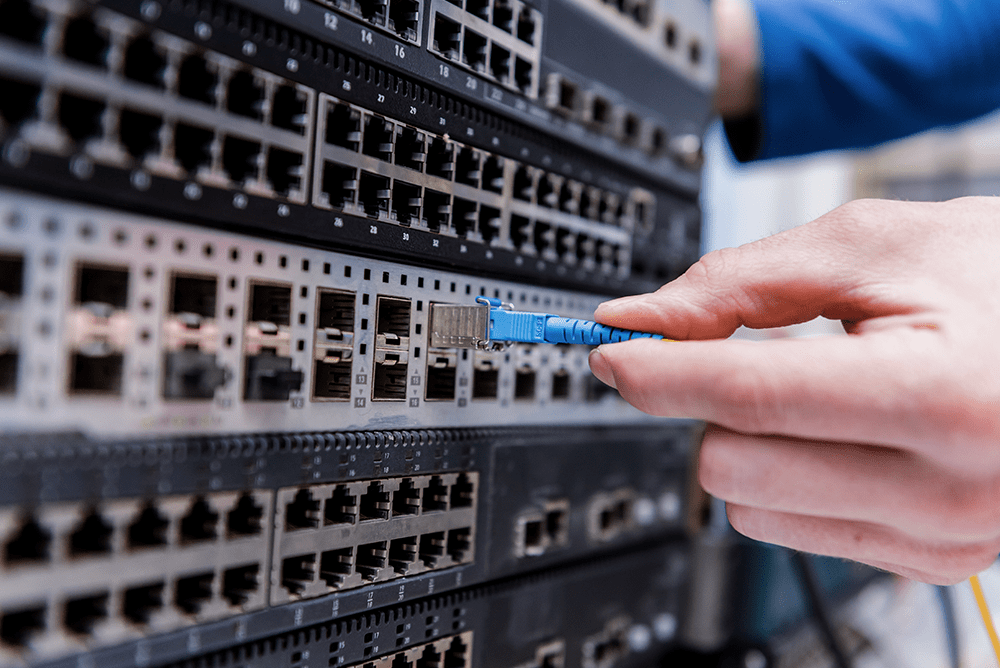
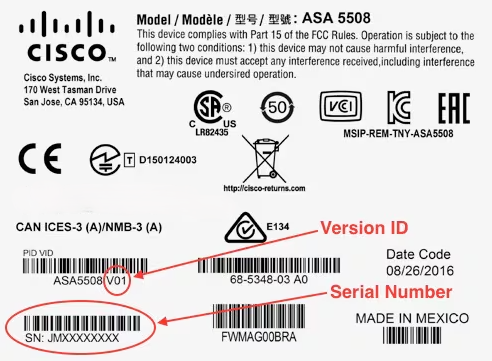
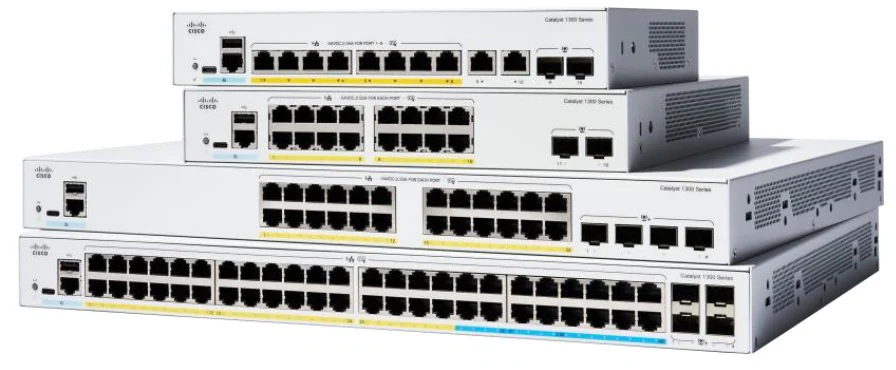


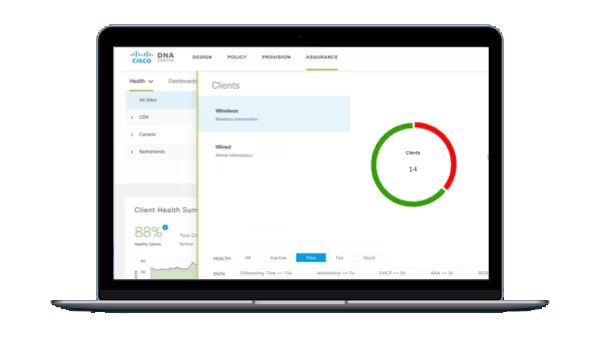
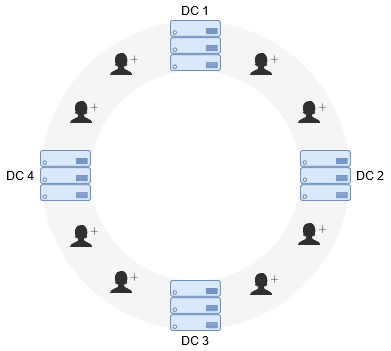




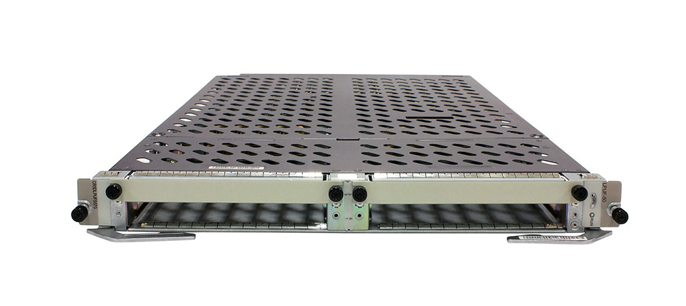


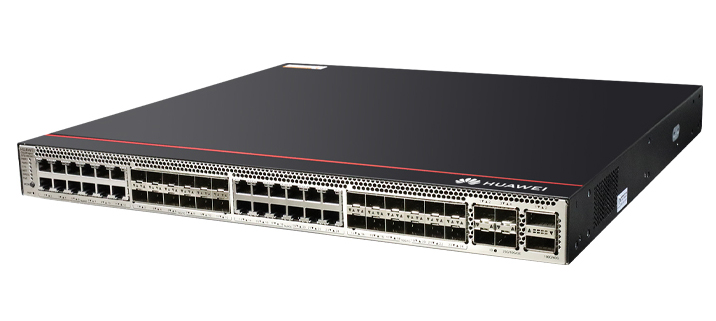
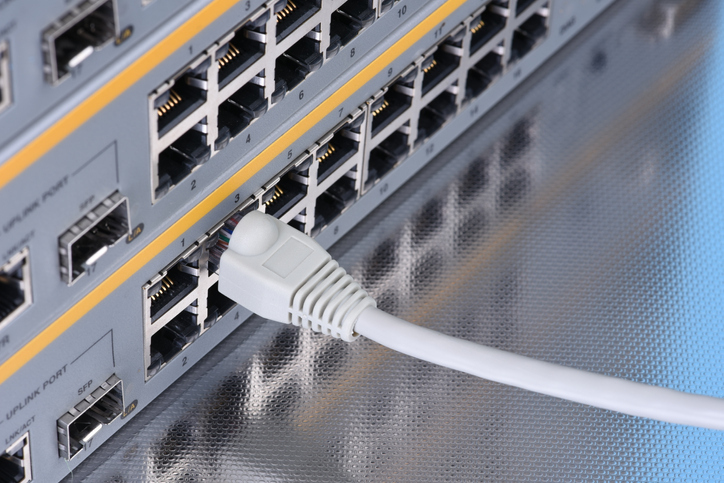

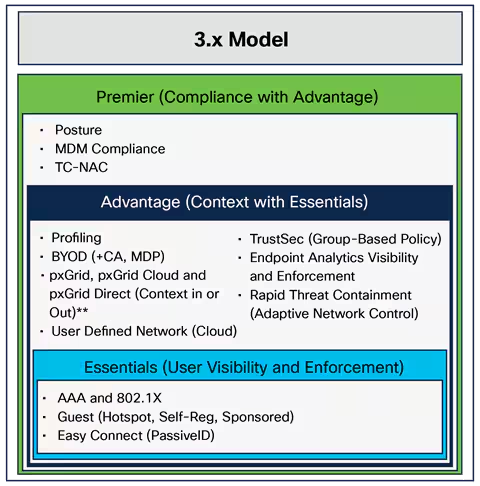




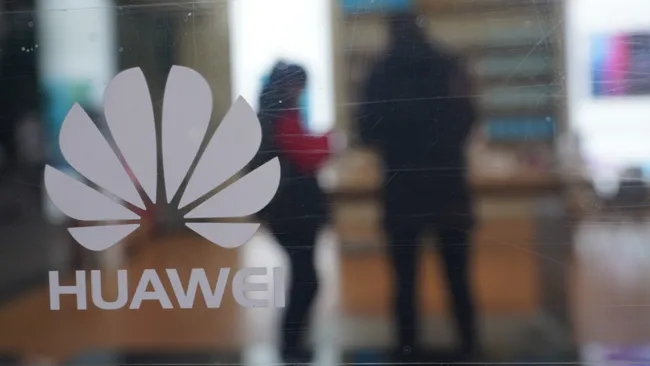
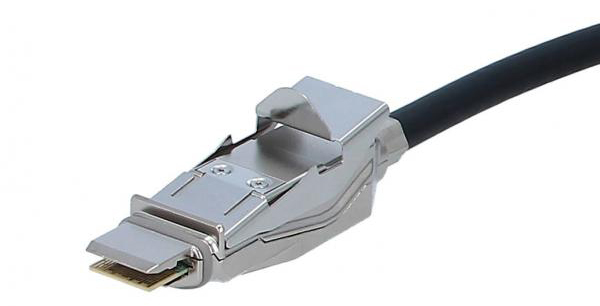
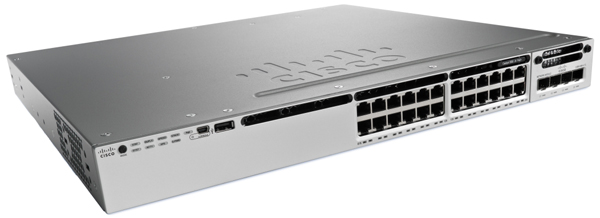


The Cisco Catalyst 9300 Series Switches (C9300) have been a reliable and high-performing networking solution for many enterprises, providing essential capabilities for modern IT infrastructures. However, as with all technology, it eventually reaches the end of its lifecycle. The Cisco 9300 End of Life (EoL) announcement marks a critical juncture for businesses relying on these switches. Understanding what this means for your network, the stages of the EoL process, and how to plan for a smooth transition is crucial for maintaining operational continuity and future-proofing your IT infrastructure.
Cisco Catalyst 9300 Series Switches End-of-Life and End-of-Sale Notices
The End of Life process refers to the point when Cisco announces it will discontinue the sale and support of a specific product. The process unfolds in several stages, designed to give customers time to prepare and transition to newer technologies. For network administrators managing Cisco 9300 Series Switches, understanding the timeline of the EoL process is essential to mitigate risks and disruptions.
Cisco has a structured EoL process, which includes important milestones:End of Sale (EoS) Date: The last date on which you can purchase the Cisco 9300 switches from Cisco or its authorized partners.
Last Ship Date (LSD): The final day Cisco will ship new orders for the 9300 Series.
End of Software Maintenance: This is the date after which Cisco will no longer release software updates, bug fixes, or security patches for the 9300 Series.
End of Hardware Support: This stage marks the end of replacement parts and hardware repair services from Cisco.
End of Support (EoS): The final date when Cisco will provide any type of support, including technical assistance and customer service for the product.
Cisco regularly reviews its product portfolio to phase out older models that can no longer keep up with advancing technologies. The Cisco Catalyst 9300 Series, while powerful, eventually becomes obsolete compared to newer offerings. Here are several reasons Cisco decided to end the life of the 9300 Series:
The networking landscape continues to evolve rapidly, and newer switches in the Cisco Catalyst line offer better integration with cloud and software-defined networking (SDN) solutions. These innovations are key for future-proofing your infrastructure.
As bandwidth demands increase with the rise of IoT devices, high-definition video, and AI-powered applications, newer switches offer enhanced throughput, better security features, and higher port densities, which are essential for modern networks.
Some of the hardware components used in the Cisco 9300 Series may no longer be manufactured, making it difficult for Cisco to support and repair these devices.
While the Cisco 9300 switches won’t stop functioning immediately after the End of Life announcement, there are important considerations that IT managers need to be aware of. Continuing to use EoL hardware carries certain risks that could affect the stability, security, and scalability of your network.
One of the most significant concerns is the lack of software updates after the End of Software Maintenance date. Without updates, your network may become vulnerable to new security threats that arise over time, as patches for newly discovered vulnerabilities will no longer be released.
As the 9300 switches age, the risk of hardware failures increases. After the End of Hardware Support date, obtaining replacement parts or repairs becomes difficult and costly, potentially leading to network downtime.
As your organization adopts newer technologies, you may face compatibility issues when trying to integrate the outdated Cisco 9300 switches with newer network devices or software platforms.
Transitioning away from EoL hardware is an important step for maintaining the health and security of your network. Below are actionable steps to ensure a smooth transition from the Cisco 9300 Series:
Perform a comprehensive assessment of your network, identifying all the Cisco 9300 switches in your environment. Understanding how critical these devices are to your infrastructure will help you prioritize their replacement.
Cisco often recommends specific replacement models for its EoL products. For the Cisco 9300 Series, the Cisco Catalyst 9400 and 9500 Series are the most likely candidates, offering superior performance and scalability.
Replacing core networking hardware can be expensive, especially for large enterprises. It’s important to plan and budget for hardware upgrades over time, rather than waiting for an emergency replacement situation.Test New Equipment
Before fully integrating new switches into your network, test them in a controlled environment to ensure compatibility with your existing infrastructure. This also gives your team time to familiarize themselves with the new hardware.
When transitioning from the Cisco Catalyst 9300 Series, it’s essential to evaluate the alternatives that can meet your network’s growing demands. Cisco offers several advanced switches designed to replace the 9300 Series, each with improved performance and features.
The Cisco Catalyst 9400 Series is designed as a modular access switch, providing superior scalability and flexibility. Key features include:Ports: 24 to 48 10GbE ports with modular uplinks.
Switching Capacity: 480 Gbps to 9.6 Tbps.
Stacking Support: Supports Cisco StackWise Virtual for enhanced redundancy.
Security Features: Enhanced threat detection and segmentation capabilities.
The Cisco Catalyst 9500 Series is a fixed-core, high-performance switch, ideal for enterprise networks requiring high throughput and advanced security features. Key specifications include:Ports: 1/10/25/40/100GbE ports.
Switching Capacity: Up to 6.4 Tbps.
Stacking Support: Up to 8 switches in a stack, with up to 320 Gbps of stacking bandwidth.
Security Features: Encrypted Traffic Analytics (ETA) and advanced telemetry.
The Cisco 9300 End of Life (EoL) refers to the phase when Cisco announces the discontinuation of sales and support for the Cisco 9300 Series Switches. This process occurs in stages, giving organizations time to transition to new hardware before support ends entirely.
While your Cisco 9300 switches may continue to function beyond the EoL announcement, it’s recommended to begin transitioning as soon as possible. After the End of Support (EoS) date, you’ll no longer have access to software updates, security patches, or hardware support.
Cisco offers several alternatives to the 9300 Series, including the Cisco Catalyst 9400 and 9500 Series. These models offer improved performance, scalability, and security features suited for modern enterprise networks.Can I still purchase Cisco 9300 switches after the End of Sale date?
After the End of Sale (EoS) date, Cisco will no longer sell the 9300 Series switches. You may still find them through third-party vendors, but it’s not recommended due to the lack of future support from Cisco.Will I still receive security updates after the End of Software Maintenance date?
No, Cisco will stop releasing software updates, including security patches, after the End of Software Maintenance date. This can leave your network vulnerable to new threats.What is the best way to transition from Cisco 9300?
The best approach to transitioning is to plan ahead. Assess your current infrastructure, review Cisco’s recommended replacement models, and begin budgeting for new hardware. Testing new equipment in a controlled environment before full deployment is also advisable.
The Cisco 9300 End of Life marks the end of an era for a trusted enterprise networking solution. However, with proper planning and preparation, transitioning to newer models can ensure your network remains secure, scalable, and ready to meet future demands. By understanding the EoL process, reviewing alternatives, and budgeting for reviewing alternatives, and budgeting for hardware replacements, you can minimize the risks associated with the Cisco 9300 End of Life and ensure your network infrastructure remains robust and secure.
Cisco Catalyst 9300 Series Switches
For Cisco product list and quote, please visit: https://www.hi-network.com/categories/cisco or contact us at www.hi-network.com (Email: [email protected])
 Hot Tags :
CISCO Switches
Hot Tags :
CISCO Switches